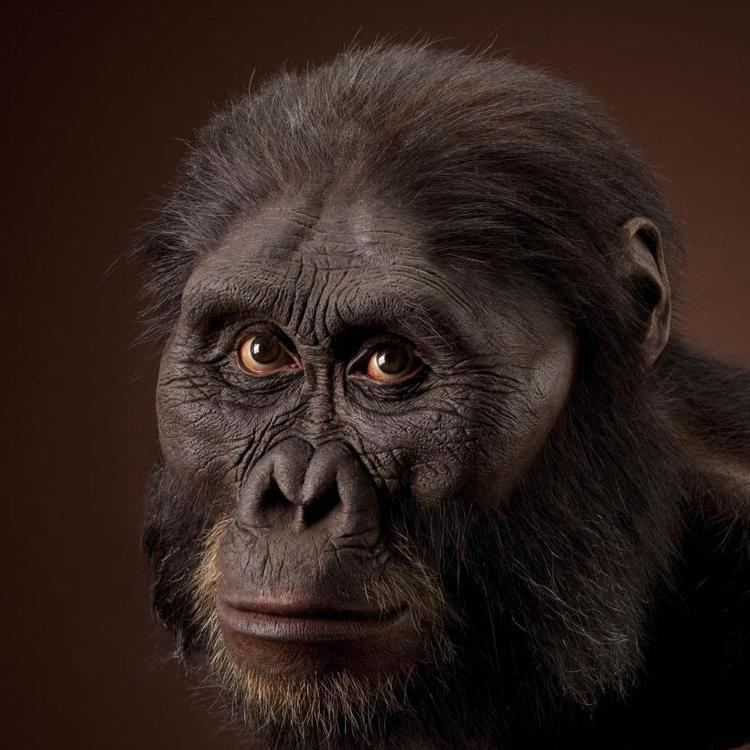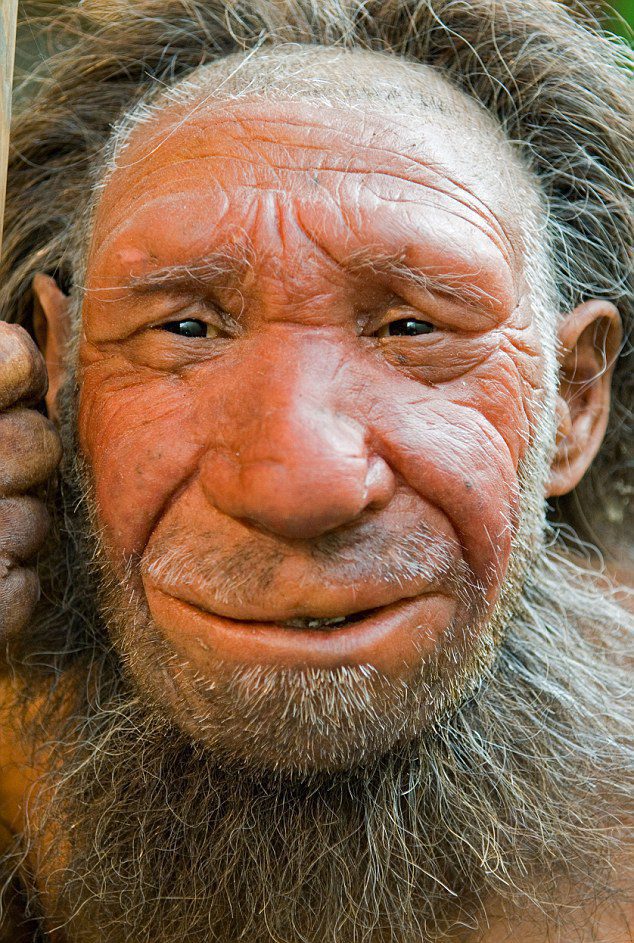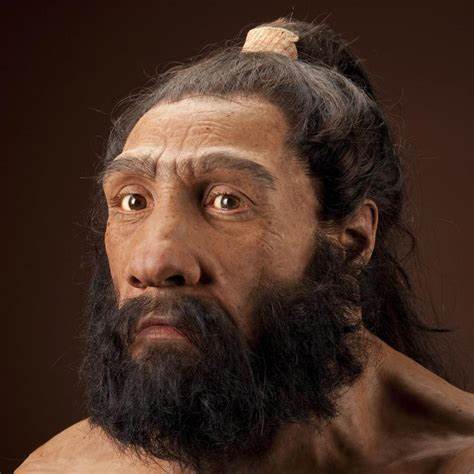Introduction
The journey of human evolution is an extraordinary tale of survival, adaptation, and triumph against all odds. It spans millions of years, weaving a complex tapestry of extinct human species and the rise of modern Homo sapiens. As we delve deeper into this epic saga, we uncover the mysteries of our ancient past and the remarkable series of events that led to the emergence of Homo sapiens as the dominant species on Earth.
Australopithecus: The Root of Humanity

The origins of human evolution can be traced back to the Australopithecus genus, which emerged around 4 million years ago in Africa. Australopithecus individuals were bipedal, meaning they walked on two legs, a significant development in the path towards becoming fully upright beings. Though small-brained, they displayed the earliest signs of human-like traits, setting the foundation for future evolutionary changes.
Homo habilis: The “Handyman” of Early Toolmaking

Approximately 2.4 to 1.4 million years ago, Homo habilis emerged on the stage of human evolution. Often referred to as the “handyman,” this species exhibited a crucial advancement in technology and cognition. Homo habilis was the first to craft primitive stone tools, which dramatically enhanced their ability to obtain food and adapt to their surroundings. This innovation marked a critical turning point in human history, as the use of tools became a defining feature of our species.
Homo erectus: The First Global Explorers

Around 1.9 million years ago, Homo erectus appeared, showcasing remarkable adaptability and endurance. This species expanded beyond Africa, venturing into new territories in Europe and Asia. Their capacity to travel and settle in diverse environments allowed them to thrive and endure for an extended period, making them one of the most successful hominin species. Homo erectus also demonstrated the use of fire, harnessing its power for warmth, protection, and cooking, which further contributed to their survival.
The Mysterious Denisovans: A Genetic Puzzle

While Neanderthals and Homo sapiens often capture the spotlight in discussions of extinct human species, the Denisovans were an enigmatic group known only through genetic analysis of ancient remains found in Siberia’s Denisova Cave. This group coexisted and interbred with Neanderthals and Homo sapiens, leaving a lasting genetic imprint in modern human populations.
Despite the sparse fossil record, genetic research has shed light on this elusive species, highlighting the complex interactions between early human groups.
Neanderthals: Our Closest Extinct Cousins

Arguably the most well-known of the extinct human species, Neanderthals lived in Europe and Asia from approximately 400,000 to 40,000 years ago. Neanderthals exhibited sophisticated hunting techniques, skillfully crafting tools, and even burying their dead, signifying a capacity for emotion and spirituality. Contrary to outdated stereotypes, recent research suggests they were intelligent, highly adaptable beings with the ability to cooperate and form close-knit social groups.
The Rise of Homo Sapiens
Amidst the rise and fall of other human species, Homo sapiens emerged as a distinct lineage around 300,000 years ago in Africa. What set Homo sapiens apart was their unparalleled cognitive abilities, including advanced language skills and abstract thinking. These attributes allowed them to communicate, cooperate, and share knowledge, fostering a sense of community and collective identity.

Cultural Innovations and Adaptability
A pivotal factor in the success of Homo sapiens was their capacity for cultural innovation. Passed down from generation to generation, cultural knowledge enabled rapid adaptation to changing environments and challenges. Homo sapiens developed sophisticated hunting techniques, diversified their diets, and invented tools with greater precision and efficiency. The evolution of language facilitated the transmission of knowledge and enabled collaborative efforts, further enhancing their survival prospects.
The Power of Social Organization
As Homo sapiens populations grew, they established complex social structures that contributed to their survival. These groups provided protection, facilitated the division of labor, and allowed for the specialization of skills. Cooperation became a cornerstone of their success, as they learned to work together to overcome obstacles, hunt collectively, and share resources effectively.
Migration and Expansion
Another crucial aspect of Homo sapiens’ triumph was their ability to migrate and adapt to various environments. This unique characteristic allowed them to explore new territories and exploit untapped resources, expanding their domain across the globe. Gradually, Homo sapiens colonized different continents, adapting to diverse climates and ecosystems.
Conclusion
The saga of human evolution spans eons, encompassing the rise and fall of multiple extinct human species. Australopithecus laid the groundwork for bipedalism, Homo habilis for toolmaking, and Homo erectus for migration. Despite numerous challenges and climate fluctuations, Homo sapiens emerged as the last standing human species, endowed with remarkable cognitive abilities, cultural innovations, and social cooperation.
Today, modern Homo sapiens are the inheritors of this profound evolutionary legacy.
As we continue to unravel the mysteries of our past and explore the depths of our genetic history, we gain a profound appreciation for the journey that has shaped us into the multifaceted beings we are today.
It is through understanding our past that we can better comprehend our present and pave the way for a more resilient and enlightened future.

















